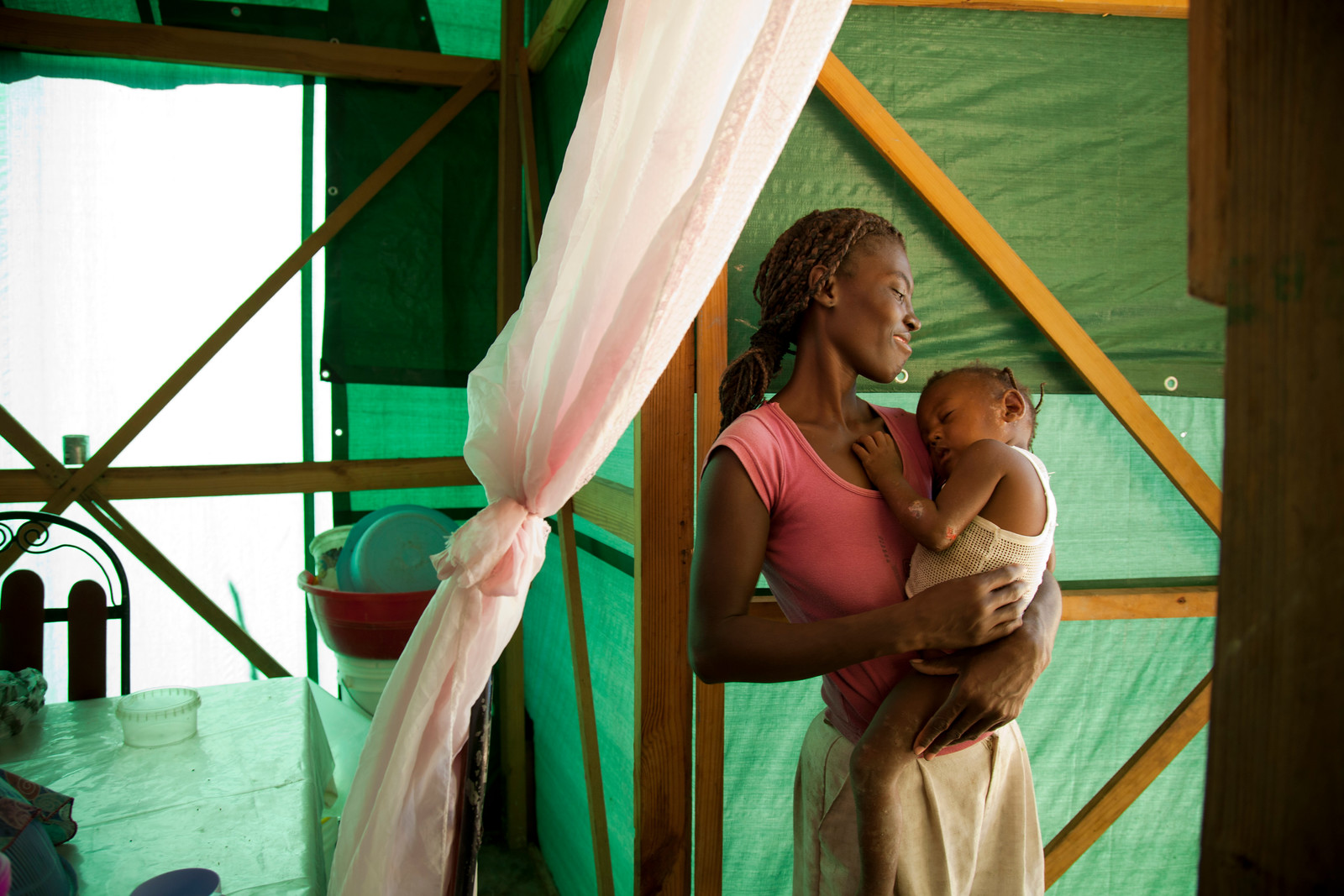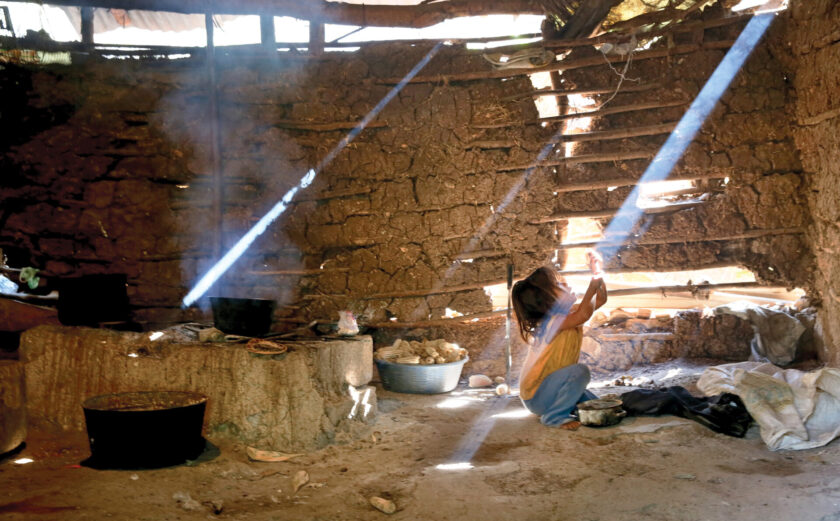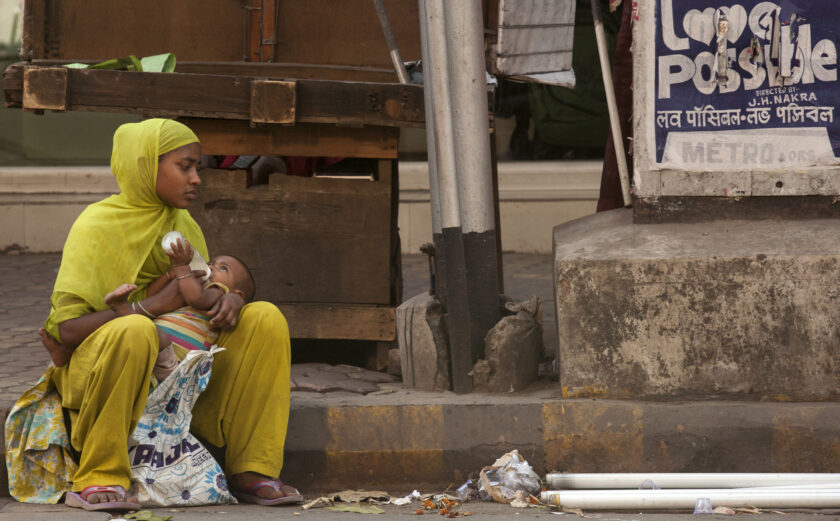
Understanding Coverage: Counting Those We Leave Behind
While humanitarian shelter and settlements (S&S) stakeholders advocate to meet global needs, the sector lacks a method to measure its collective impact. Who is covered by humanitarian S&S assistance? Is coverage a hammer or a house?
Humanitarian sectors—including the S&S sector—have limited capacity to meet growing global needs as disasters increase and crises are exacerbated by the effects of climate change. While humanitarian S&S programming complements ongoing government efforts, local organizations’ work, diaspora group initiatives, and self-recovery processes, there is no agreed upon understanding of the impacts of these efforts and the role that humanitarian S&S assistance plays in the larger picture of meeting humanitarian shelter needs.
The humanitarian community uses coverage as an indicator of the impact of humanitarian S&S assistance. Usually, coverage is measured by calculating the population reached as a proportion of the population targeted for assistance by implementing groups. We refer to this as target-based coverage. Another approach is to calculate the population reached as a proportion of the population in need—or need-based coverage. A need-based coverage approach could help provide a clear picture of which needs are unmet.
For example, in 2020, 2.3 million people in South Sudan needed aggregated Shelter and Non-Food Item (NFI) assistance. 494,713 people were targeted for shelter assistance, and all 494,713 people were reached with shelter assistance. The coverage of shelter assistance could then be calculated as either those targeted for shelter-specific programs (100% coverage against target) or those in in need of Shelter and NFI (25% coverage against need). This 25% need-based coverage was not communicated widely—yet the 75% funding gap for South Sudan was. To advocate for a greater proportion of humanitarian resources the shelter sector should emphasize this funding gap and its influence on need-based coverage.
InterAction undertook a short-term research project to investigate and evoke a larger conversation around coverage. This short report reflects a literature review and over 20 interviews with S&S stakeholders, summarizing the key barriers to understanding the sector’s coverage and discussing the data that is publicly available on populations in need of, targeted for, and reached with humanitarian S&S assistance. This report seeks to identify challenges to and opportunities for understanding and using coverage data to improve assistance scale and quality.








